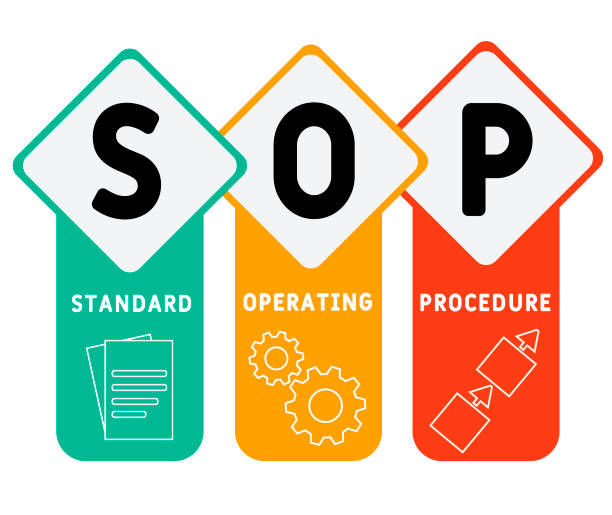
STANDARD OPERATING PROCEDURES
AKSHI TARPANAM

INTRODUCTION
AkshiTarpana is the procedure in which medicated ghee is pooled around the eyeballs for a specific duration.
MATERIALS REQUIRED
- Ref General Requirements SOP
- Prepared Black gram frame
- Medicated ghee
- Dhoomanetra
- Dhoomavarti
- Yavapishtipottali
- Malati flowers
- Gauze pad
- Cotton balls
- Water
- Water bath
- Spoon
Manpower
- Therapist-1
- Physician-1
PREPARATION
Preparation of tray
- Take a clean tray.
- Put towel, ghee in bowl, Dhoomanetra, Dhoomavarti, yavapishtipottali, malathi flowers, gauze pad, cotton balls
Preparation of patient
- Check vitals.
- Jeernaharalakshana assessed.
- Vegotsarga
PURVA KARMA
Preparation of black gram frame
- Take 200 g of black gram powder in a bowl.
- To this about 100 ml of water is added.
- This mixture is kneaded well to form a uniform dough.
PRADHANA KARMA
- The patient is askedto lie in supine position.
- A circular wall is constructed with the prepared dough around the eyes.
- The height of the frame wall should be 2 inch.
- The framework should be devoid of any leakage.
- Medicated ghee should be made lukewarm in hot water bath.
- Temperature of the medicine is checked by pouring it over the dorsum of hand.
- The patient is asked to close the eyes
- The lukewarm medicated ghee is poured into both the eyes through the medial end one after the other using a gokarna.
- The ghee should be filled up to the eye-lashes keeping the eyes closed
- The patient is instructed to slowly open and close both eyes while the ghee is pooled around the eyes.
PASCHAT KARMA
- After the specific duration the ghee is removed by making a small hole at the lateral end of the frame wall.
- Once the ghee is drained out, the frame wall is removed completely.
- Hot fomentation is given around the eyes using yavapishtipinda dipped in warm water.
- Do not apply pressure during fomentation.
- Thereafter, prayogika dhumapana is administered accordingly. (Ref video and SOP of Dhumapana)
- Later both eyes arebandaged with malathi flowers and kept overnight.
DURATION
The duration of the procedure depends upon the involved dosha and disease
Dosha | Matrakala | Duration (~ in min) |
Vata | 1000 | 5 |
Pitta | 600 | 3 |
Kapha | 500 | 2.5 |
Swastha | 500 | 2.5 |
Netra Roga | Matrakala | Duration (~ in min) |
Vartmagata | 100 | 0.5 |
Sandhigata | 300 | 1.5 |
Sitagata | 500 | 2.5 |
Asitagata | 700 | 3.5 |
Drishtigata | 800 | 4 |
INDICATIONS
- Dryness
- Conjunctivitis
- Glaucoma
- Blurred vision
CONTRAINDICATIONS
- Anxiety
- Tiredness
- Giddiness
- Acute pain
- Inflammation
- Redness
- The framework for akshitarpana should be devoid of any leakage.
- Should be performed in the afternoon in optimal pressure conditions.
- Extreme hot or cold conditions should be avoided.
- Procedure should be done in a room devoid of dirt, smoke, breeze etc.
- The windows should be covered with blue or yellow coloured curtains.
PRECAUTIONS
- The framework for akshitarpana should be devoid of any leakage.
- Should be performed in the afternoon in optimal pressure conditions.
- Extreme hot or cold conditions should be avoided.
- Procedure should be done in a room devoid of dirt, smoke, breeze etc.
- The windows should be covered with blue or yellow coloured curtains.
COMPLICATIONS AND MANAGEMENT
Complications
- Cloudiness of vision
- Sense of heaviness in the affected organ
- Excessive glossiness of eyes
- Lacrimation
- Itching
- Slimness
Management
Application of nasya, anjana, seka and dhumapana by adapting dry or unctuous measures.



